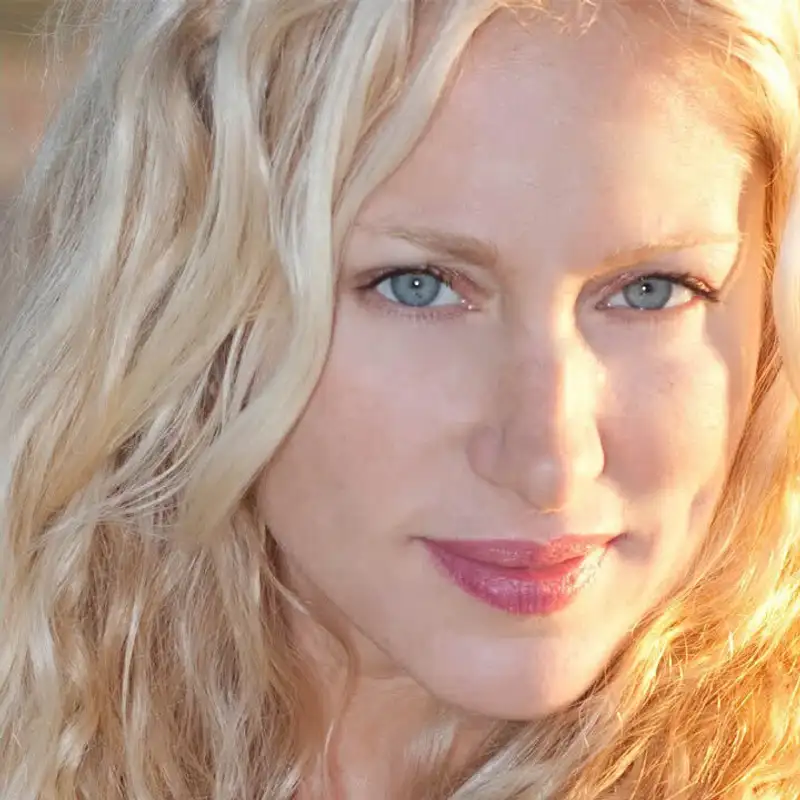Ergonomics w/ Elle Russ
Download MP3Guest Hero: Elle Russ, writer, actor, life coach and host of The Primal Blueprint Podcast.
Human-factors engineering, also called ergonomics or human engineering, is the science dealing with the application of information on physical and psychological characteristics to the design of devices and systems for human use.
Over at WorkSafeBC.com (the Workers’ Compensation Board in the Canadian province of British Columbia) they say: Ergonomics matches workplace conditions and job demands to a person's capabilities, to improve worker safety and productivity. Applying the science of ergonomics can be especially helpful in reducing the risk of musculoskeletal injury (MSI), which is the most common work-related injury in B.C.
What is a musculoskeletal injury, you ask? Well, Musculoskeletal injury (MSI) is an injury or disorder of the muscles, tendons, ligaments, joints, nerves, blood vessels or related soft tissue including a sprain, strain and inflammation, that may be caused or aggravated by work.
MSIs can affect the body’s soft tissues: the muscles, tendons, ligaments, nerves, blood vessels, as well as the joints of the neck, shoulders, arms, wrists, legs, feet and back.
The main physical risk factors for MSIs associated with the demands of a job include: - Force: exerting force on an object as part of a task - Repetition: doing a task that uses the same muscles over and over with little chance for rest or recovery - Work posture: the position of different parts of the body when taken outside of the comfortable range of motion (awkward posture); usually combined with static posture (i.e., holding a posture for a long time) - Local contact stress: a hard or sharp object coming in contact with the skin
For each of these risk factors, it is important to consider magnitude, frequency, and duration of exposure.
Just as a proper diet is made up of a vast array of nutritional components, proper alignment is made up of nutritional loads – varying, unique deformations to the physical structure that result in a particular genetic expression that deems your structure. -- Katy Bowman
Important links:
Our guest Hero's website: www.elleruss.com The article at WorkSafeBC.com Katy Bowman's article on called Thinking Outside the Chair

